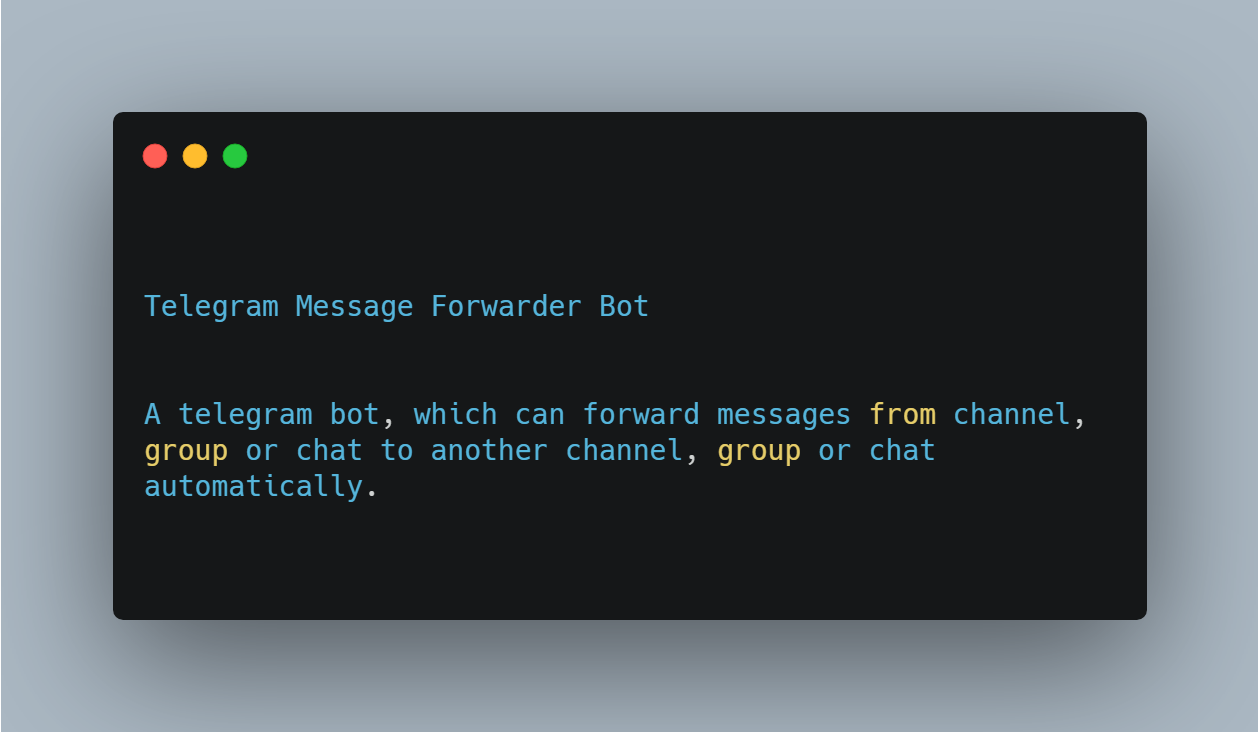Telegram Web Crawler
This project is developed to automatically detect changes made to the official Telegram sites. This is necessary for anticipating future updates and other things (new vacancies, API updates, etc).
- ✅ passing – new changes
- ❌ failing – no changes
You should to subscribe to channel with alerts to stay updated.
Copy of Telegram websites stored here.

How it works
- Link crawling runs as often as possible. Starts crawling from the home page of the site. Detects relative and absolute sub links and recursively repeats the operation. Writes a list of unique links for future content comparison. Additionally, there is the ability to add links by hand to help the script find more hidden (links to which no one refers) links. To manage exceptions, there is a system of rules for the link crawler.
- Content crawling is launched as often as possible and uses the existing list of links collected in step 1. Going through the base it gets contains and builds a system of subfolders and files. Removes all dynamic content from files.
- Using of GitHub Actions. Works without own servers. You can just fork this repository and own tracker system by yourself. Workflows launch scripts and commit changes. All file changes are tracked by the GIT and beautifully displayed on the GitHub. GitHub Actions should be built correctly only if there are changes on the Telegram website. Otherwise, the workflow should fail. If build was successful, we can send notifications to Telegram channel and so on.
FAQ
Q: How often is "as often as possible"?
A: TLTR: content update action runs every ~10 minutes. More info:
- Scheduled actions cannot be run more than once every 5 minutes.
- GitHub Actions workflow not triggering at scheduled time.
Q: Why there is 2 separated crawl scripts instead of one?
A: Because the previous idea was to update tracked links once at hour. It was so comfortably to use separated scripts and workflows. After Telegram 7.7 update, I realised that find new blog posts so slowly is bad idea.
Q: Why alert for sending alerts have while loop?
A: Because GitHub API doesn't return information about commit immediately after push to repository. Therefore, script are waiting for information to appear...
Q: Why are you using GitHab Personal Access Token in action/checkout workflow`s step?
A: To have ability to trigger other workflows by on push trigger. More info:
Q: Why are you using GitHab PAT in make_and_send_alert.py?
A: To increase limits of GitHub API.
TODO list
- add storing history of content using hashes;
- add storing hashes of image, svg, video.
TODO list
- add storing history of content using hashes;
- add storing hashes of image, svg, video.
Example of link crawler rules configuration
CRAWL_RULES = {
# every rule is regex
# empty string means match any url
# allow rules with higher priority than deny
'translations.telegram.org': {
'allow': {
r'^[^/]*$', # root
r'org/[^/]*/$', # 1 lvl sub
r'/en/[a-z_]+/$' # 1 lvl after /en/
},
'deny': {
'', # all
}
},
'bugs.telegram.org': {
'deny': {
'', # deny all sub domain
},
},
}
Current hidden urls list
HIDDEN_URLS = {
# 'corefork.telegram.org', # disabled
'telegram.org/privacy/gmailbot',
'telegram.org/tos',
'telegram.org/tour',
'telegram.org/evolution',
'desktop.telegram.org/changelog',
}







